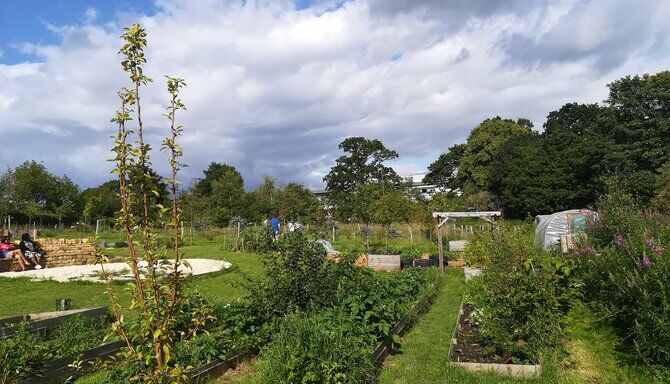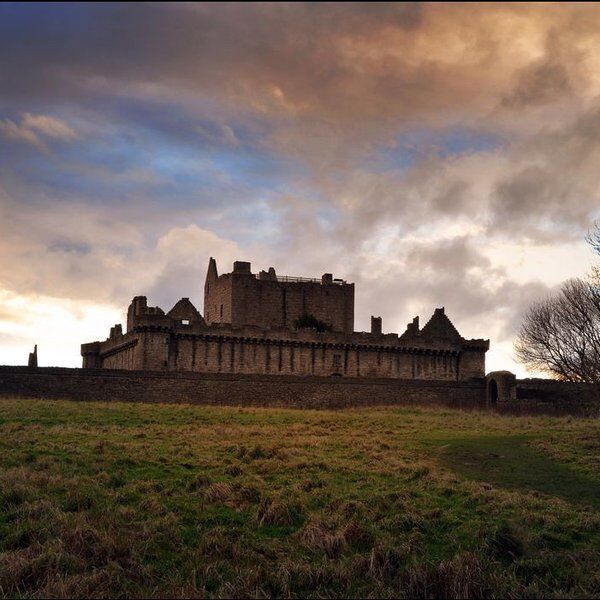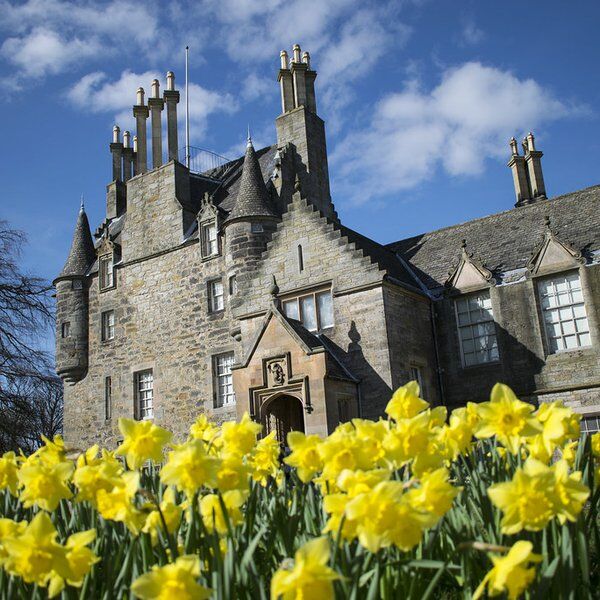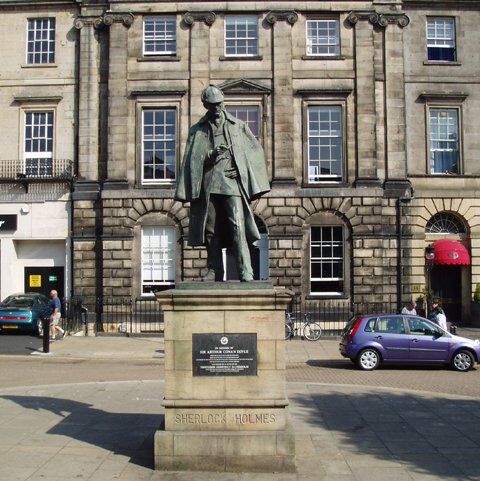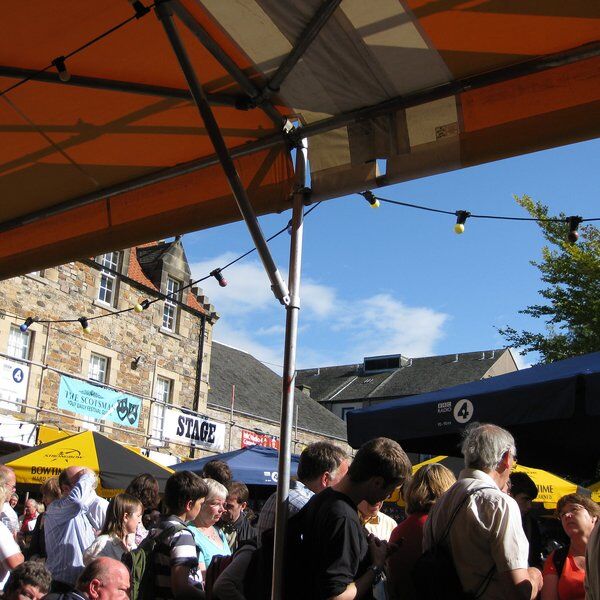Discover Dr Neil’s Garden in Edinburgh
Located in the charming village of Duddingston, on the slopes of Arthur’s Seat, Dr Neil’s Garden is one of Edinburgh’s best-kept secrets. The garden’s landscape is rich with native and exotic plants, and striking views of Duddingston Loch. Just a short walk from Edinburgh Old Town, Dr Neil’s Garden is an unexpected contrast to the city’s typical green spaces.
Created by two visionary doctors, Andrew and Nancy Neil, in the 1960s, the garden has become an iconic spot known for its beauty and meditative atmosphere. Its origins, dedication to therapeutic gardening, and unique design make it a must-visit for anyone exploring Edinburgh’s quieter corners.
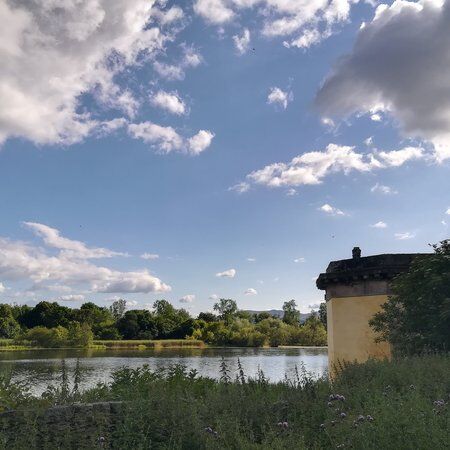
The History of Dr Neil’s Garden
The Founding Vision of Drs. Andrew and Nancy Neil
Drs. Andrew and Nancy Neil, both respected GPs with a practice in Edinburgh’s Meadowbank area, were deeply committed to the health and well-being of their patients. Beyond their work in traditional medicine, they believed in the restorative benefits of nature and outdoor activity, especially for mental and physical well-being.
In 1963, the Neils began transforming part of the Duddingston Kirk glebe—a rocky, sloping area of land owned by the church—into a beautiful garden. At that time, the land was little more than rough terrain, unsuitable for most kinds of cultivation, yet the Neils saw potential in this rugged landscape.
The couple invested countless hours outside of their medical practice, clearing rocks, planting, and designing paths to create a garden that would not only beautify the area but also offer a healing environment. They envisioned the space as a peaceful haven where people could come to rejuvenate and enjoy nature.
A Therapeutic Garden for the Community
The Neils’ commitment to therapeutic gardening went beyond personal passion; they encouraged some of their patients to join them in their gardening work. Recognizing the benefits of physical activity and fresh air, the doctors invited patients to volunteer in the garden as part of their treatment plan, offering them a chance to engage in meaningful outdoor work that could improve their health and lift their spirits.
This initiative helped foster a strong sense of community, as patients and volunteers worked alongside each other, learning about plants and contributing to the garden’s growth. It also became one of Dr Neil’s Garden’s most unique aspects. For many, the opportunity to work with the Neils became an integral part of their healing process.
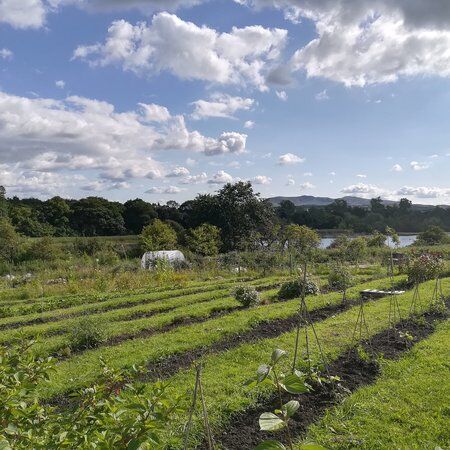
Creating the Dr Neil’s Garden Trust
By the mid-1990s, Dr Neil’s Garden had become a cherished part of the local landscape. As the Neils grew older, they recognized the importance of preserving the garden for future generations. In 1997, Dr Neil’s Garden Trust was established as a Scottish charity to manage the garden and safeguard its legacy.
The Trust took over the garden’s maintenance, enabling it to continue as a public space open to all. The formation of the Trust marked a new chapter in the garden’s history, dedicated to honouring the Neils’ vision and keeping the garden accessible for everyone seeking respite in nature.
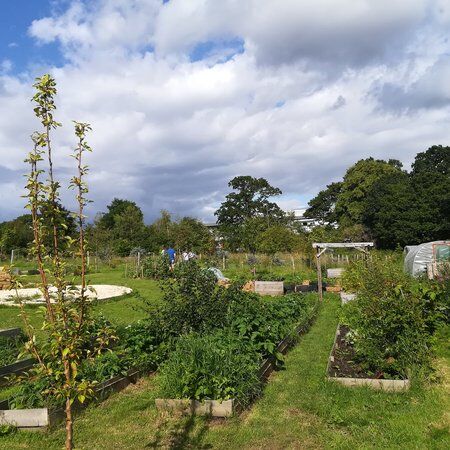
Inside Dr Neil’s Garden
Plants and Trees
The garden's earliest plantings included conifers and various types of heathers, creating a hardy foundation that remains visible today. The first major contribution to the garden's collection was a young Monkey Puzzle tree, gifted to the Neils in 1973 when it stood only 18 inches tall.
Over the years, the Monkey Puzzle tree has become one of the garden’s iconic sights, marking a start to the global mix of species in the garden. The following decade saw the addition of a White Fir, a towering evergreen native to western North America that can reach impressive heights.
Another standout in the garden is the Coast Redwood, planted in 1983 after spending two years germinating in a bucket. This sequoia species, originally from California, is renowned as one of the world’s tallest tree species.
In recent years, the Dawn Redwood, a living relic once thought extinct until rediscovered in China, was introduced in 2003. It stands as a testament to the ever-evolving nature of Dr Neil's Garden.
Additionally, Scot’s Pine, a tree native to vast areas stretching across Europe and into Asia, adds an evergreen touch throughout the grounds, while the delicate Chilean Lantern tree is an exotic addition that has not yet reached its full height.
Design Elements
In addition to its wide variety of trees, Dr Neil's Garden is filled with beautifully arranged pathways, bridges, and benches. Visitors encounter pops of colour from rhododendrons, azaleas, Cornelian Cherry, and the eye-catching pale blue iris and lemon peony.
Though small in size, the garden offers ample room to wander. Many paths wind gently through the greenery, with well-placed benches offering peaceful resting spots. The garden’s layout, often described as a harmonious blend of nature and careful design, invites visitors to linger and connect with nature at their own pace.
The only interruptions to this quiet sanctuary are the sounds of wildlife, from birds to butterflies, which only enhance the experience.

Thomson’s Tower
Thomson’s Tower is a striking octagonal structure situated along the shore of Duddingston Loch. Designed by the acclaimed Scottish architect William Henry Playfair, who also created the University of Edinburgh's Old College Playfair library, the tower was initially commissioned by the Duddingston Curling Society.
Built as a storage facility for curling stones and a meeting spot for society members, the location of the tower near the loch’s edge was ideal for accessing the frozen water during winter months, when the loch served as a natural curling rink. However, the tower’s use eventually declined in 1853 when the Society moved their activities to Coates, near Princes Street. And by the early 2000s, the tower itself had fallen into disrepair.
Thanks to a restoration effort led by Dr Neil’s Garden Trust in 2008-09, with support from the Heritage Lottery Fund, National Trust for Scotland, and Historic Scotland, the tower was brought back to life. Recent conservation work in 2023, supported by the FCC Communities Foundation, continues to maintain and preserve this historic landmark.
Today, Thomson’s Tower serves as a small curling museum on the ground floor, while the upper level has been transformed into an exhibition space that hosts a variety of displays and events. Throughout the year, visitors can enjoy exhibitions showcasing artwork, photography, ceramics, jewellery, and more.
The tower has also become a venue for intimate celebrations and Edinburgh Festival performances. Dr Neil’s Garden’s resident artist, Brigid Collins, finds inspiration in the tower and often holds workshops and exhibitions within its walls.
The Creation of the Physic Garden
After Drs. Andrew and Nancy Neil passed away in 2005, their legacy lived on through the continued work of the Trust. In 2012, a physic garden was created to honour the couple’s dual passions for horticulture and medicine.
Inside the daisy-shaped Physic Garden, plants with traditional medicinal properties flourish, echoing the spirit of traditional physic gardens and providing an educational addition for visitors interested in the curative potential of these plants.
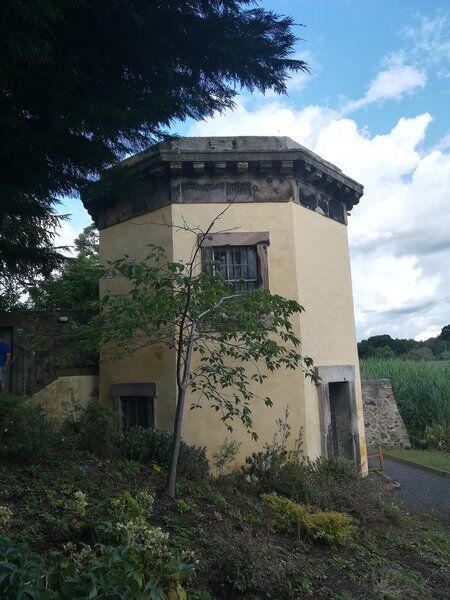
Visiting Dr Neil's Garden
“Dr Neil’s Garden is so much more than a garden. It’s a friendly place that welcomes all to its peace and beauty… The Garden stimulates change through play, learning, the arts, healthy activity and by addressing disability.”
Dr Neil’s Garden is open daily from 10:00 am until dusk, and entry is free, though donations are encouraged to support its upkeep. While the garden is designed to be as accessible as possible, it is set on a gently sloping hillside. A purpose-built path allows most visitors to navigate the grounds with ease, though some areas remain challenging for those with limited mobility. Thomson's Tower, for instance, is only accessible via steps. Dogs are not permitted in the garden except for assistance animals, helping to preserve the tranquil environment.
Garden Room Café
The seasonal café near the garden is open from Easter to September, operated by Duddingston Kirk. Visitors can enjoy refreshments, from hot drinks to baked treats, while taking in views of the surrounding area. The café also serves as a payment point for any plants available for purchase within the garden, and donations to the garden’s maintenance can be made here for those preferring to pay with cash.
Outside seasonal hours, why not head over to the nearby Sheep Heid Inn, to enjoy the unusual feature of one of Edinburgh's oldest pubs.

Explore Beyond Dr Neil's Garden with CityDays
The best way to discover more hidden gems around Edinburgh is to take your time and, ideally, have a pre-planned route that takes you past all the noteworthy nooks and hidden gems.
We can help you there!
CityDays in Edinburgh combines the fun of an outdoor treasure hunt with the historic facts and whimsical trivia of a walking tour.
Answer riddles, solve puzzles and learn more about Edinburgh's vast history in a new and interactive way!
Take the stress out of planning your visit to Edinburgh and book your adventure today!
Not visiting Scotland this time? Don’t worry, you’ll find us all over the world.
